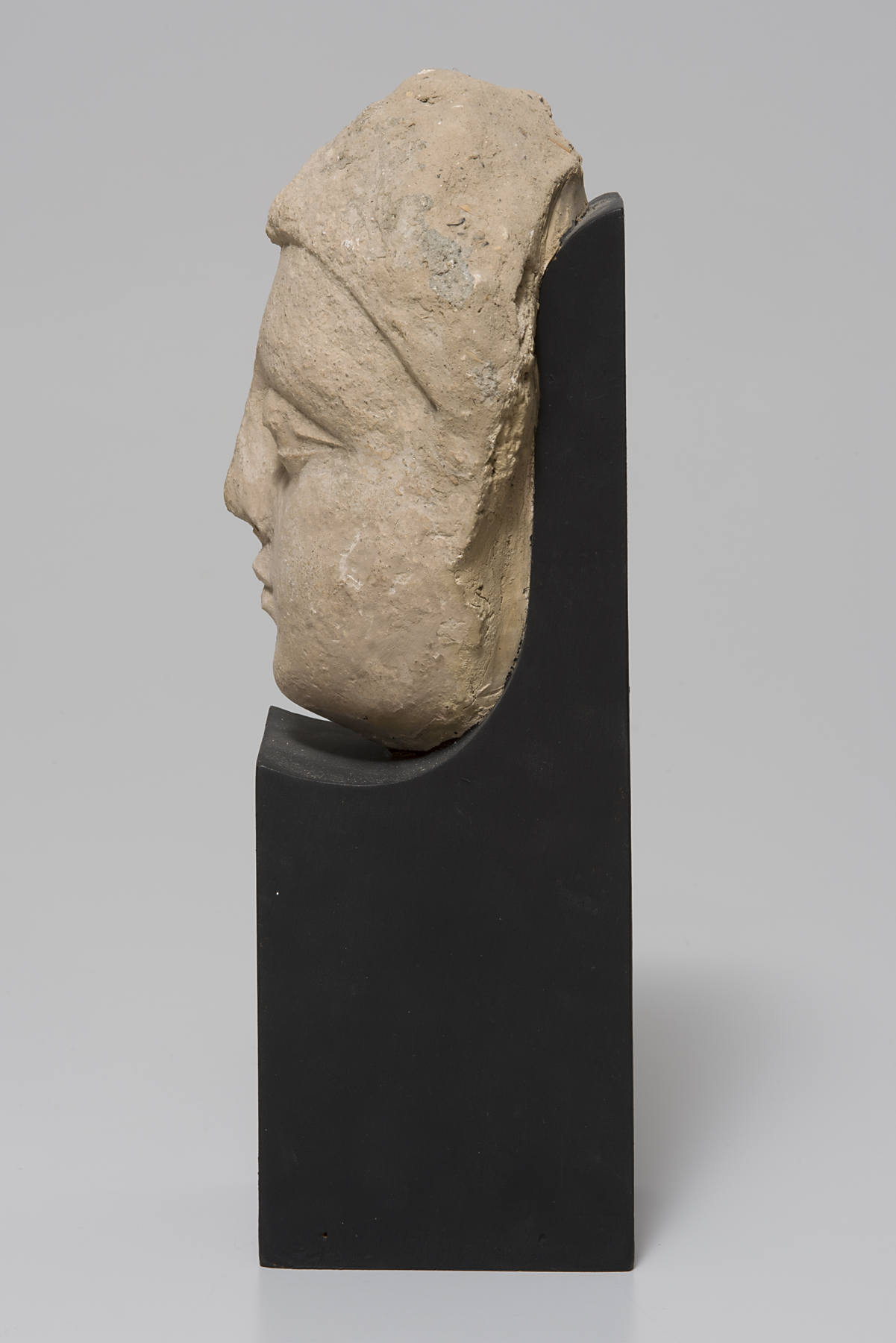head of Buddha, unknown maker from Gandhara
Artwork Overview
head of Buddha
, 500s, Sasanian dynasty (224–651)
Where object was made: Hadda, Gandhara (present-day Afghanistan)
Material/technique: stucco
Dimensions:
Object Height/Width/Depth (Height x Width x Depth): 28.5 x 12.5 x 10 cm including mount
Object Height/Width/Depth (Height x Width x Depth): 11 1/4 x 4 15/16 x 3 15/16 in
Object Height/Width/Depth (Height x Width x Depth): 28.5 x 12.5 x 10 cm including mount
Object Height/Width/Depth (Height x Width x Depth): 11 1/4 x 4 15/16 x 3 15/16 in
Credit line: Source unknown
Accession number: 0000.1257
On display: Loo Gallery
If you wish to reproduce this image, please submit an image request





